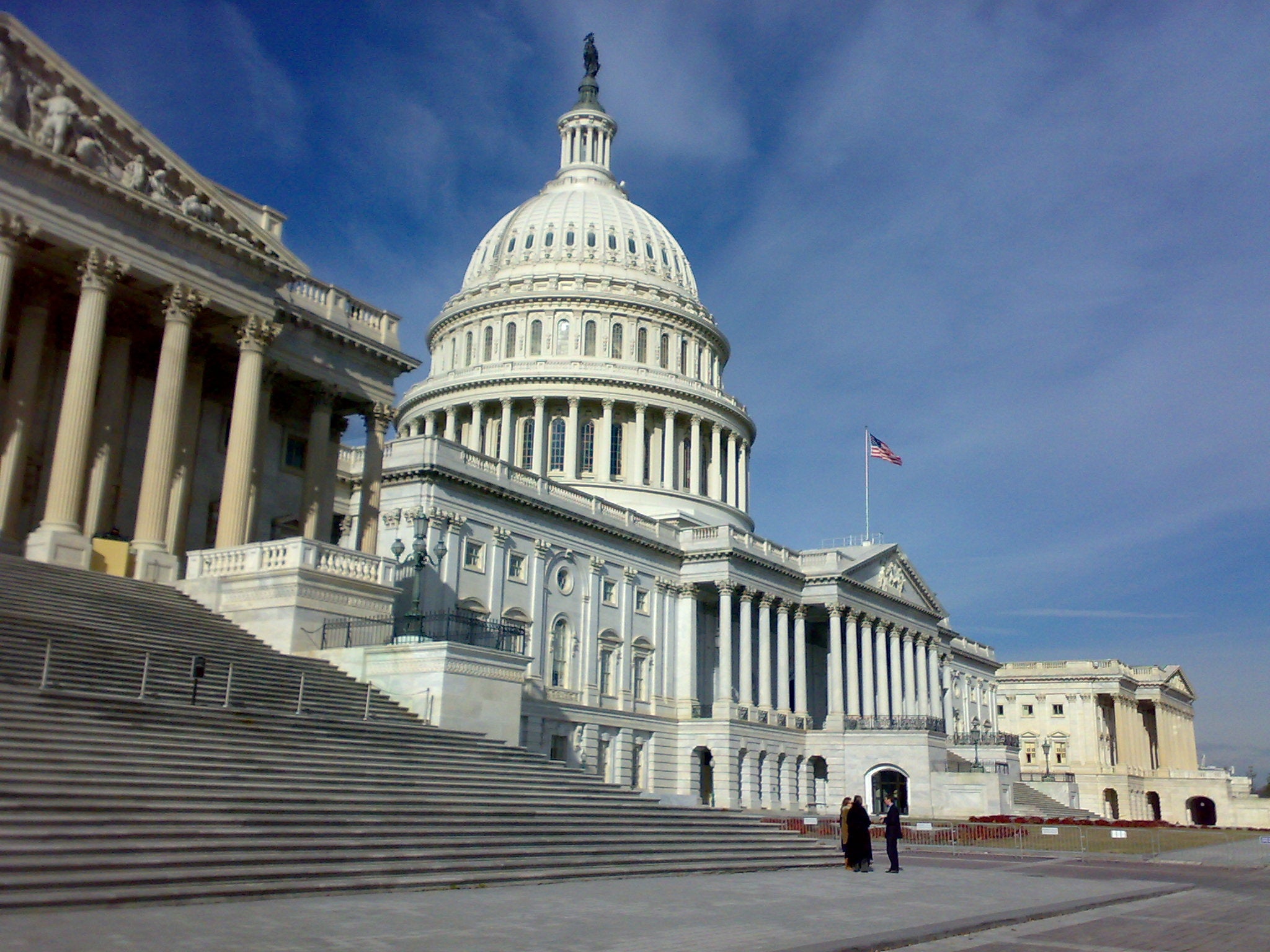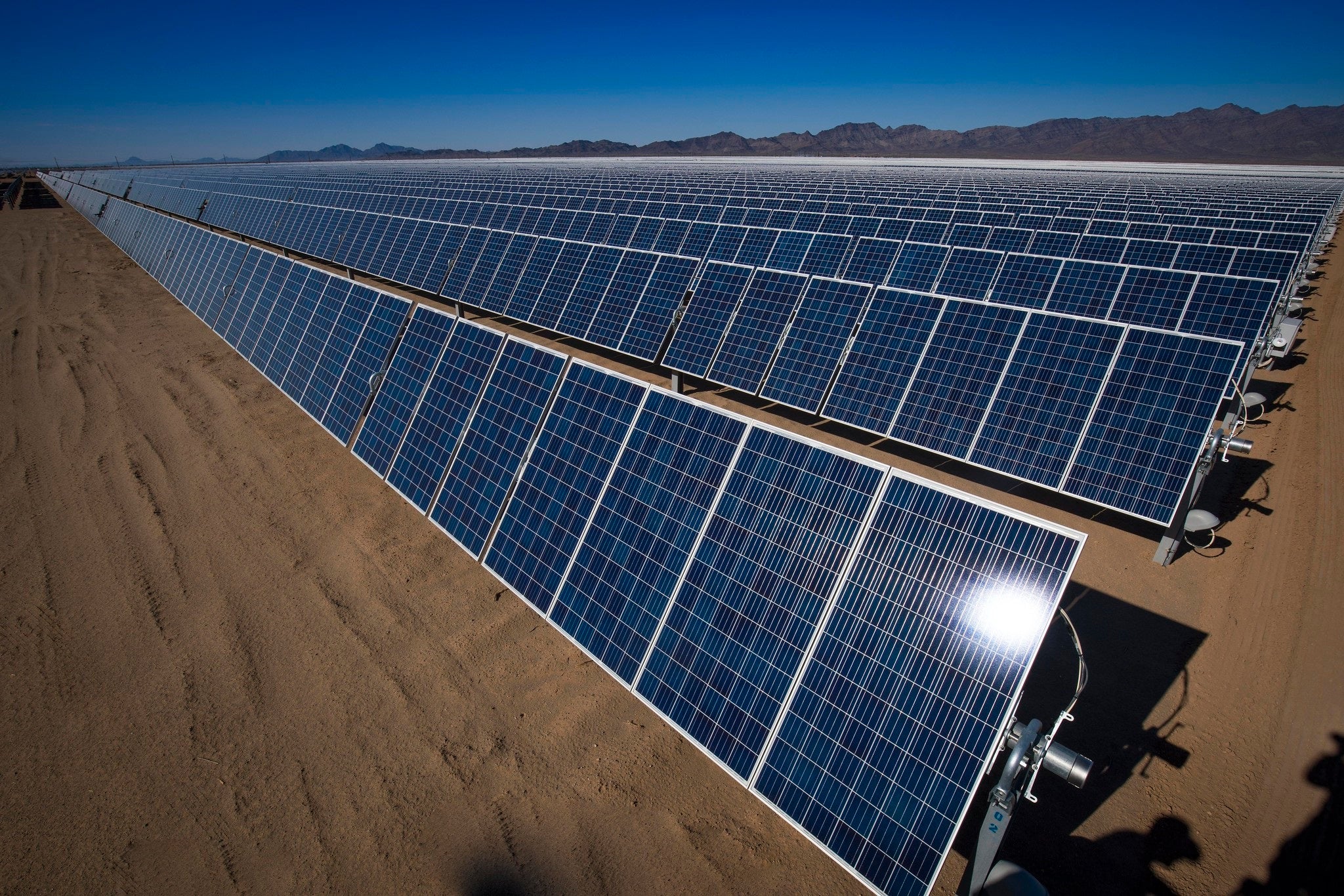
In the face of federal attacks on U.S. climate progress, Governor Newsom recently announced that California was “doubling down on cap-and-trade: one of our most effective tools to cut emissions and create good-paying jobs.” And at the heart of that program is the emissions cap: the firm, declining limit on climate pollution that drives progress on emissions reductions across the state.
With the cap-and-trade program up for reauthorization this year and the California Air Resources Board (CARB) evaluating important program updates, now is a crucial moment to revisit what matters most: the cap.
What is the cap and why does it matter?
The cap is the foundation of California’s cap-and-trade program. It sets a binding, declining limit on greenhouse gas emissions from the state’s largest polluters, covering roughly 75% of statewide climate pollution. Each year, California issues a declining number of emissions allowances — each one representing one ton of carbon pollution — and the amount issued is limited to the total allowed under the state’s emissions cap. The allowances are either auctioned at quarterly auctions, or distributed to regulated entities to benefit ratepayers and insulate them from price impacts. Because the total number of allowances declines each year, overall emissions must also fall. The cap is what gives the cap-and-trade program its climate power. The built-in trajectory that the cap represents ensures steady, predictable progress toward California’s climate goals — as long as the cap is properly calibrated to achieve those goals.
California’s emissions cap is designed to help achieve both near- and long-term climate targets. Under the state’s 2022 Scoping Plan, California is aiming to cut emissions 48% below 1990 levels by 2030, and at least 85% below 1990 levels by 2045. Hitting those targets requires consistent and meaningful progress. The design of the cap, and especially how quickly it declines, plays a key role in determining how much pollution is avoided in this critical decade. These cumulative emissions are incredibly important: every ton of pollution we avoid emitting today reduces the long-term buildup of pollution in the atmosphere, limiting warming and the damage of future climate impacts.
Cap-and-trade is part of a broad suite of climate policies in California, including clean air standards, electrification efforts, and clean fuels. But while most policies are designed to incentivize reductions or reduce emissions from specific sectors or sources, the cap ensures that economy-wide emissions stay within the limit of the cap. That makes the cap a critical ‘insurance policy’ — even if other programs don’t deliver the level of emissions reductions they expected, the cap guarantees an upper bound on pollution.
How can the cap be strengthened?
Lawmakers have the opportunity this year to reaffirm their commitment to ambitious, effective climate action by extending the cap-and-trade program. The cap is what guarantees that emissions go down, and reauthorization should reinforce that core principle.
At the same time, CARB is evaluating near-term changes to the program through a rulemaking process. One of the most important choices on the table is how the cap will be structured until 2030. Encouragingly, CARB is considering options that would properly align the cap with emission reductions the 2022 Scoping Plan says are necessary. With reauthorization, lawmakers can ensure that this cornerstone program can keep delivering emissions reductions for Californians while generating billions of dollars in investments for climate resilience, environmental justice priorities and to help address affordability. Also, with the current rulemaking, CARB has the chance to make sure that these reductions are swift enough to avoid the worst impacts of climate change.
These are both necessary and crucial steps — strengthening the cap through long-term reauthorization and the rulemaking will keep California on track for near-term climate success, and create a model for other states to follow. Because — when it comes to California’s climate future — it’s about the cap.














